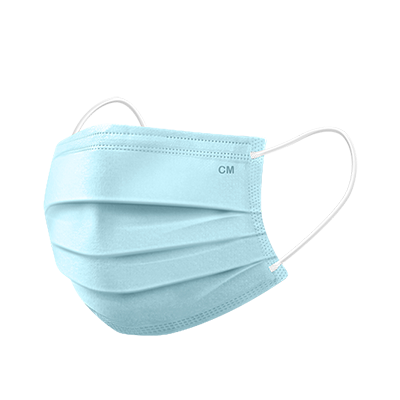
Medical face masks
A medical or surgical face mask primarily reduces the (potentially infectious) saliva/mucus droplets of the wearer's mouth/nose entering the environment. The wearer's mouth and nose can be protected by the mask against contact with contaminated hands. Medical face masks must comply with EN 14683 "Medical face masks -Requirements and test methods“.

Respiratory protection
Particle filtering face pieces (FFP) protect against solid or liquid aerosols. As classical personal protective equipment, they are subject to Regulation (EU) 2016/425 for PPE. Particle filtering half masks must meet the requirements of EN 149 "Respiratory protective devices - Filtering half masks to protect against particles - Requirements, testing, marking". The standard differentiates between the device classes FFP1, FFP2 and FFP3 depending on the retention capacity of the particle filter. A tight-fitting FFP2 mask provides suitable protection against infectious aerosols, including viruses.

